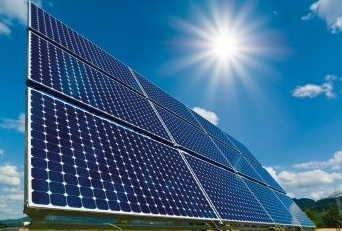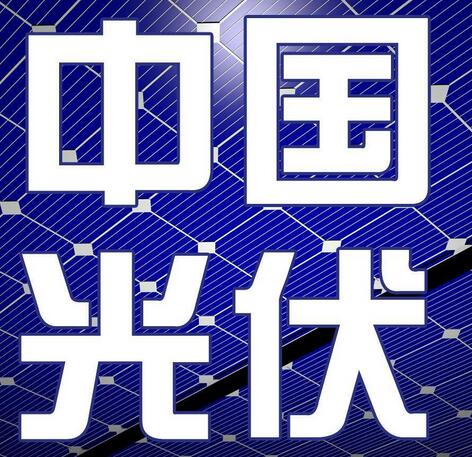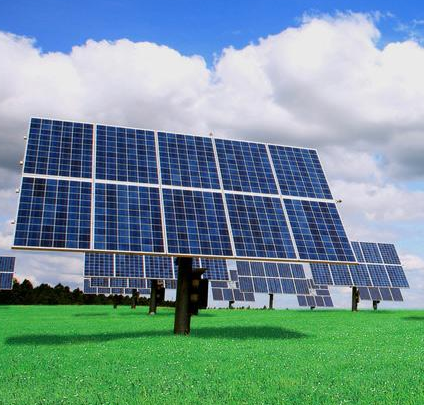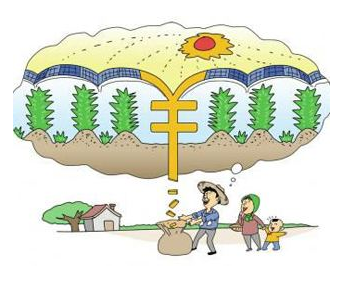Component quality and installation method
Due to factors such as cell cracking, black core, oxidation, and virtual soldering, as well as material defects such as backplane and aging of long-term use, the power of the component is affected during long-term operation, resulting in low power generation of the module.
The amount of radiation on the inclined surface is different for different installation angles in the same area. The amount of radiation on the inclined surface can be increased by adjusting the inclination of the panel (the bracket is fixedly adjustable) or by adding a tracking device (the bracket is tracked).
Inverter capacity ratio
Since the power generation of the PV modules is transmitted to the inverter, there will be many links in the middle, and the inverters, boxes and other equipment will not be able to reach full capacity for most of the time. Therefore, the PV module capacity should be slightly larger than Inverter rated capacity. According to experience, in areas with better solar energy resources, PV modules: inverter = 1.2:1 is an optimal design ratio.
Weather factor

The weather is also one of the factors that affect the power generation efficiency of the components. In the rainy weather and thicker clouds, the intensity of sunlight is reduced, the solar light absorbed by the cell is less, and the power generation is reduced. The low-light response of single crystal is better than polycrystalline under low irradiation. In the case where the conversion efficiency of the solar cell module is constant, the amount of power generated by the photovoltaic system is determined by the radiation intensity of the sun. The amount of electricity generated by a photovoltaic power plant is directly related to the amount of solar radiation. The radiation intensity and spectral characteristics of the sun change with meteorological conditions.
Shadow occlusion
During the working process, due to the partial shadow of the shadow and the degree of dust settlement, the pollution of bird droppings will cause the “hot spot effect”. The occluded part will not provide power contribution and become energy-consuming load inside the component, and cause The local temperature of the component rises, and the overheated region can cause the EVA to accelerate aging and yellowing, so that the transmittance of the region is lowered, thereby further worsening the hot spot, resulting in an increase in failure of the solar cell module.
Routine maintenance
Routine maintenance and repair is the work that the power station must perform. Arrangement of the maintenance plan can reduce the loss of electricity. The power station should, in light of its own situation, reasonably set up maintenance time, and at the same time, improve the efficiency of maintenance and reduce the power generation lost by the power station due to normal maintenance and repair.
















 RCCN WeChat QrCode
RCCN WeChat QrCode Mobile WebSite
Mobile WebSite







